เพิ่มผลผลิตข้าวด้วยผลิตภัณฑ์ปุ๋ยและแนวทาง Nutri Haitech™
ข้าวซึ่งเป็นอาหารหลักของประชากรกว่าครึ่งโลก จำเป็นต้องมีการจัดการธาตุอาหารอย่างแม่นยำเพื่อให้ได้ผลผลิตและคุณภาพเมล็ดสูงสุดHaifa Group นำเสนอแนวทางการจัดการธาตุอาหารพืชที่ครบวงจร ตอบโจทย์ความต้องการของข้าวโดยเฉพาะช่วยให้เกษตรกรเพิ่มผลผลิตได้อย่างยั่งยืน
โปรแกรมปุ๋ยสำหรับข้าวของ Haifa เน้นการให้ปุ๋ยอย่างมีกลยุทธ์และเฉพาะเจาะจงในแต่ละระยะ โดยเฉพาะธาตุไนโตรเจน โพแทสเซียม สังกะสี และซิลิกอน ร่วมกับการให้ปุ๋ยทางใบในช่วงเวลาสำคัญของการเจริญเติบโต ทั้งหมดนี้ถูกรวมไว้ภายใต้แนวคิด Nutri Haitech™ ของ Haifa ซึ่งมุ่งเน้นการให้ธาตุอาหารพืชอย่างแม่นยำ (Precision Agriculture) เพื่อลดการสูญเสีย ลดผลกระทบต่อสิ่งแวดล้อม และเพิ่มประสิทธิภาพการผลิต
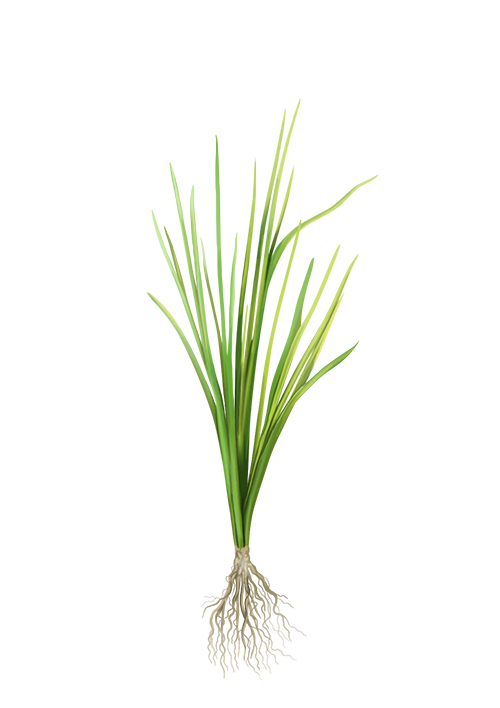 | 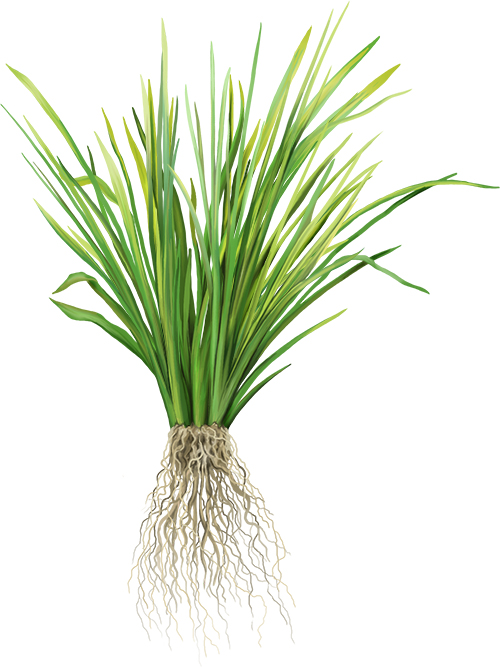 | 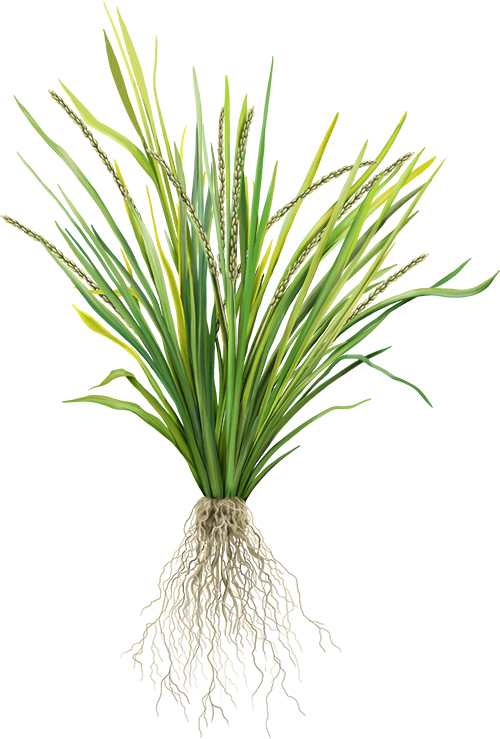 | 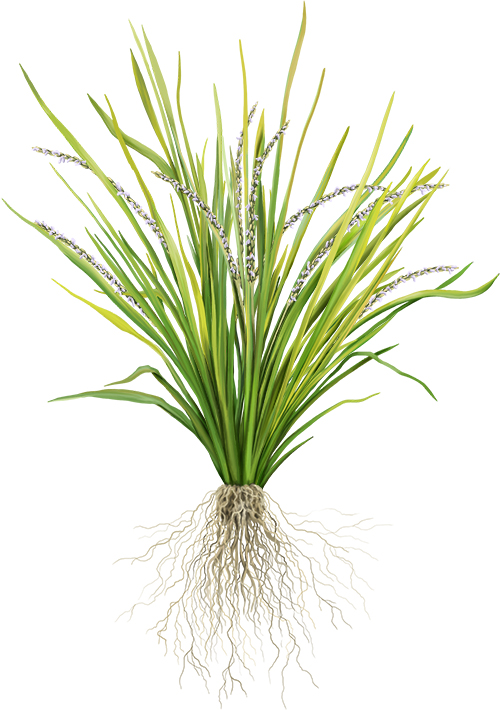 | 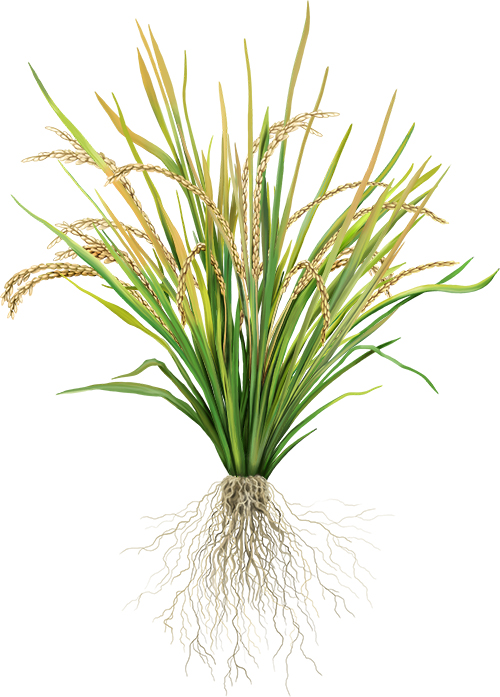 |
เข้าใจความต้องการธาตุอาหารของข้าว
ไนโตรเจน (N)
เป็นธาตุสำคัญต่อการเจริญเติบโตของข้าว ส่งผลต่อความสูงของต้น ขนาดใบ การสร้างรวง และการสร้างเมล็ดโดยข้าวมีรูปแบบการนำไนโตรเจนไปใช้แบบเส้นโค้ง S (Sigmoidal) คือใช้น้อยในระยะแรก และเพิ่มขึ้นอย่างรวดเร็วในช่วงแตกกอจนถึงระยะน้ำนม ซึ่งเป็นช่วงสำคัญในการให้ผลผลิต ก่อนจะลดลงเมื่อเข้าสู่ระยะสุกแก่
ในนาน้ำขัง ไนโตรเจนสูญเสียได้ง่ายผ่านการระเหยเป็นก๊าซ การแปรสภาพ (Denitrification) และการชะล้าง ด้วยปุ๋ยแบบเม็ดทั่วไป พืชดูดใช้ไนโตรเจนได้จริงเพียง 30–40% เท่านั้น ขณะที่ปุ๋ยควบคุมการปลดปล่อยของ Haifa เช่น CoteN™จะค่อย ๆ ปลดปล่อยไนโตรเจนให้สอดคล้องกับความต้องการของพืช ช่วยเพิ่มประสิทธิภาพการใช้ไนโตรเจนและลดการสูญเสียต่อสิ่งแวดล้อม
เพื่อบริหารจัดการไนโตรเจนตลอดฤดูกาลอย่างแม่นยำ แนะนำให้ใช้แอปมือถือ Croptune™ ที่วิเคราะห์สถานะไนโตรเจนแบบเรียลไทม์ พร้อมคำแนะนำการให้ปุ๋ย
ดูว่า Croptune™ ช่วยเกษตรกรผู้ปลูกข้าวในอินเดียเพิ่มผลผลิตได้อย่างไร
โพแทสเซียม (K)
จำเป็นต่อกระบวนการสำคัญในต้นข้าว เช่น การสังเคราะห์แสง การควบคุมปริมาณน้ำ การเคลื่อนย้ายน้ำตาล และกระตุ้นเอนไซม์ต่าง ๆ การได้รับโพแทสเซียมที่เพียงพอจะช่วยให้พืชทนต่อโรค สภาพดินเค็มและแล้งได้ดีขึ้น ส่งผลต่อการสร้างเมล็ด น้ำหนัก และคุณภาพของข้าว
เช่นเดียวกับไนโตรเจน การดูดซึมโพแทสเซียมของข้าวก็มีรูปแบบตัว S เช่นกัน ข้าวใช้โพแทสเซียมมากในช่วงแตกกอถึงเริ่มสร้างรวง (30–60 วันหลังปลูก) และจะสูญเสียโพแทสเซียมจำนวนมากไปพร้อมการเก็บเกี่ยว จึงควรเติมปุ๋ยโพแทสเซียมอย่างสม่ำเสมอ จากการทดลองพบว่าการให้โพแทสเซียมอย่างเหมาะสมสามารถเพิ่มผลผลิตได้ถึง 20%
แนะนำให้ใช้ Haifa Bonus™ ฉีดพ่นทางใบช่วงออกดอกถึงติดเมล็ด เพื่อเติมโพแทสเซียมตรงจุดและทันเวลา
สังกะสี (Zn)
ธาตุอาหารรองที่สำคัญ ข้าวต้องการธาตุสังกะสีอย่างมาก เนื่องจากมีบทบาทต่อการสังเคราะห์โปรตีน การแบ่งเซลล์ และการขยายพันธุ์ โดยเฉพาะในดินที่มีน้ำขัง ซึ่งมักขาดสังกะสี และมี pH สูง หรือเป็นดินทราย การขาดธาตุสังกะสีจะทำให้ต้นแคระ ใบเป็นสีบรอนซ์ แตกกอน้อย และผลผลิตลดลง
ผลิตภัณฑ์เสริมสังกะสีของ Haifa ถูกออกแบบให้ธาตุอยู่ในรูปที่พืชใช้ได้ทันที และตรงตามความต้องการในแต่ละช่วง
เรียนรู้เพิ่มเติมเกี่ยวกับธาตุอาหารที่จำเป็นต่อข้าว
ซิลิกอน (Si)
ธาตุเสริมสร้างความแข็งแรง แม้ไม่ใช่ธาตุอาหารจำเป็นที่สุด แต่ซิลิกอนมีบทบาทเสริมความแข็งแรงให้เซลล์พืช เพิ่มการต้านทานต่อโรค ศัตรูพืช และสภาพแวดล้อมที่ไม่เหมาะสม
ผลิตภัณฑ์ Poly-Feed™ Stim Armor และ Haifa Stim Wall-up ของ Haifa เป็นแหล่งซิลิกอนคุณภาพสูง ควบคู่กับธาตุอาหารหลัก ส่งเสริมให้ต้นข้าวแข็งแรง ให้ผลผลิตคุณภาพ
ดูว่า Poly-Feed™ Stim Armor ช่วยเพิ่มผลผลิตข้าวและคุณภาพได้อย่างไร
ความท้าทายในการให้ปุ๋ยในแปลงนาน้ำขัง
การปลูกข้าวในนาน้ำขังมีความท้าทาย เช่น การชะล้าง การระเหยของธาตุอาหาร และการขาดอากาศในดิน ทำให้ประสิทธิภาพการดูดซึมลดลง
Haifa มีทางออกที่ออกแบบเฉพาะสำหรับสถานการณ์นี้:
- CoteN™ ปุ๋ยควบคุมการปลดปล่อย ช่วยจ่ายไนโตรเจนต่อเนื่อง แม้ในสภาพนาน้ำขัง
- การให้ปุ๋ยทางใบ เป็นวิธีที่แม่นยำที่สุด โดยเฉพาะในช่วงที่รากดูดธาตุอาหารได้น้อย แนะนำให้ใช้ Haifa Bonus™ และ Poly-Feed™ Stim ในช่วงแตกกอและเริ่มสร้างรวง
สรุป
แนวทางการให้ปุ๋ยข้าวอย่างมีกลยุทธ์ ครอบคลุมการจัดการไนโตรเจน การเติมโพแทสเซียม การเสริมสังกะสี การบำรุงด้วยซิลิกอน และการให้ปุ๋ยทางใบอย่างเหมาะสม เป็นหัวใจในการเพิ่มผลผลิตและคุณภาพข้าวอย่างยั่งยืน
แนวทาง Nutri Haitech™ ของ Haifa Group ผสานนวัตกรรม ผลิตภัณฑ์คุณภาพ และความเชี่ยวชาญทางวิชาการ เพื่อช่วยเกษตรกรเพิ่มผลผลิตข้าวได้อย่างมีประสิทธิภาพและยั่งยืน




